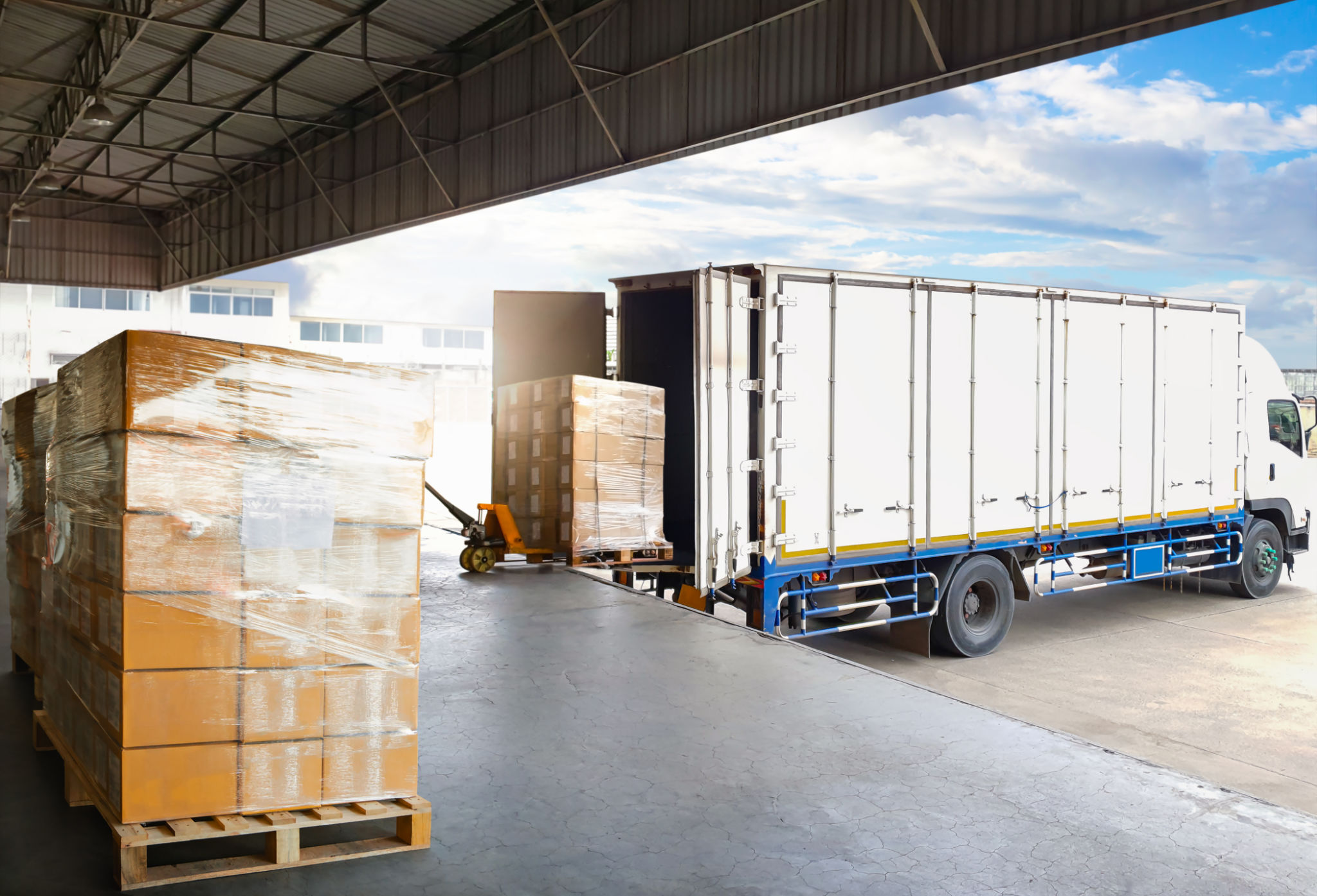Choosing the Right Vehicle Taillift: A Comprehensive Guide for Lincolnshire Transport Operators
Understanding the Importance of a Vehicle Taillift
For transport operators in Lincolnshire, the right vehicle taillift can significantly enhance operational efficiency. A taillift serves as an essential tool for loading and unloading goods, especially when dealing with heavy or bulky items. By reducing manual labor and streamlining the logistics process, a well-chosen taillift can save time and reduce the risk of injury.

Types of Vehicle Taillifts
When selecting a vehicle taillift, it's crucial to understand the different types available. The most common types include column lifts, cantilever lifts, and tuckaway lifts. Each type offers unique advantages:
- Column Lifts: Ideal for heavy lifting, offering stability and strength.
- Cantilever Lifts: Provide flexibility with adjustable platforms, suitable for uneven surfaces.
- Tuckaway Lifts: Perfect for vehicles requiring unobstructed access, as they fold away when not in use.
Considerations for Choosing the Right Taillift
Several factors should influence your choice of taillift. Consider the weight and dimensions of the loads you typically handle. It's also important to assess the frequency of use and the specific operational environments your vehicles will encounter. A detailed understanding of these factors will guide you in selecting a taillift that meets your needs.

Evaluating Load Capacity
The load capacity of a taillift is a critical consideration. Ensure that the chosen taillift can handle the maximum load you anticipate transporting. Overloading a taillift can lead to safety hazards and mechanical failures. Consulting with manufacturers or suppliers can provide valuable insights into the capabilities of different models.
Maintenance and Durability
Long-term reliability is vital for any transport equipment. Opt for taillifts made from high-quality materials that can withstand regular use. Additionally, consider the ease of maintenance and availability of spare parts. A durable taillift with minimal maintenance requirements will offer better value over time.

Compliance with Safety Regulations
Transport operators must ensure that their taillifts comply with local and national safety regulations. Regular inspections and maintenance checks are necessary to keep the equipment in top condition and prevent accidents. Adhering to safety standards not only protects your workforce but also enhances your company's reputation.
Cost Considerations
While the initial investment is an important factor, it's crucial to weigh it against long-term benefits. A more expensive taillift may offer superior durability, lower maintenance costs, and improved efficiency, ultimately saving money in the long run. Consider reaching out to other transport operators in Lincolnshire for recommendations based on their experiences.
Conclusion
Choosing the right vehicle taillift requires careful consideration of various factors, including type, load capacity, durability, safety compliance, and cost. By making an informed decision, Lincolnshire transport operators can enhance their operational efficiency and ensure safer working conditions for their staff. Investing in the right equipment is an investment in your business's future success.
